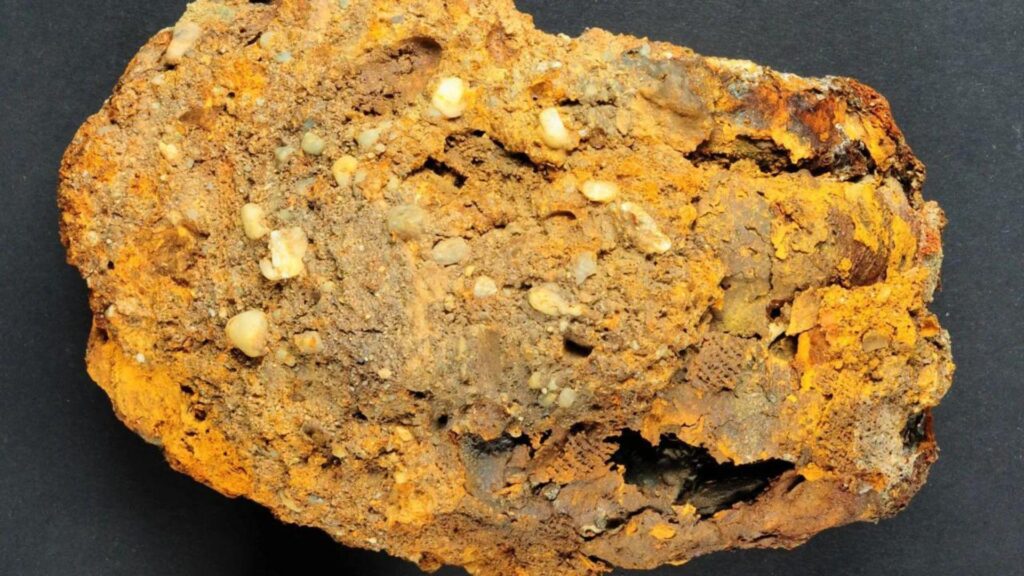In the historical town of Freising, Germany, archaeologists have unearthed a remarkable find. During routine excavations for a new pipeline, a 15th-century burial site was revealed, containing a skeleton with a sophisticated prosthetic hand.
This exceptional artifact provides a unique glimpse into the medical advancements of the medieval era.
The Site Near St. George’s Church
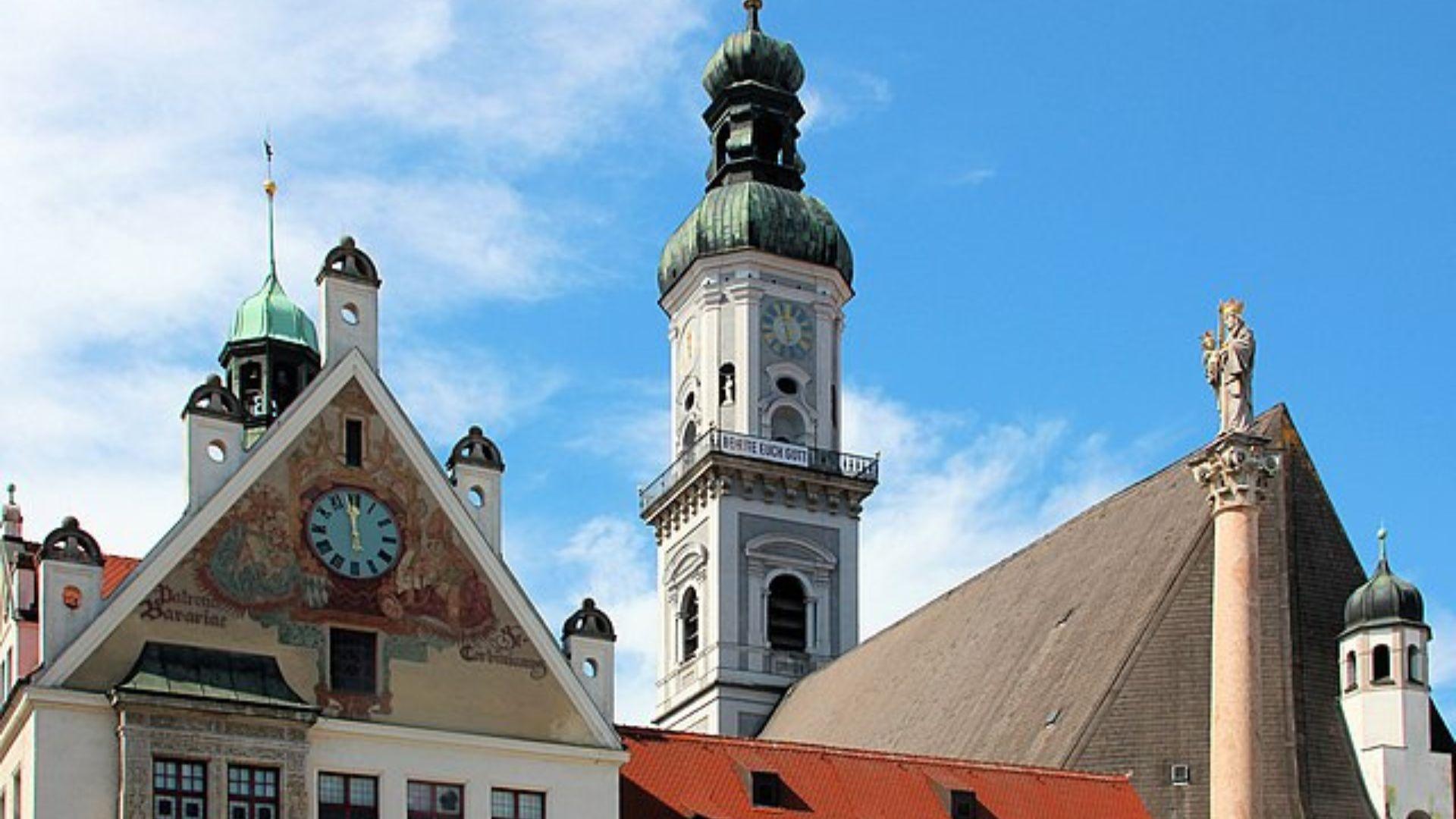
At a construction site adjacent to the Church of St. George in Freising, the routine laying of pipelines led to an extraordinary discovery.
The skeletal remains uncovered there included a hand constructed of iron and non-ferrous metal, indicative of the advanced prosthetic technology available during the Middle Ages.
Anthropological Insights into the Skeleton
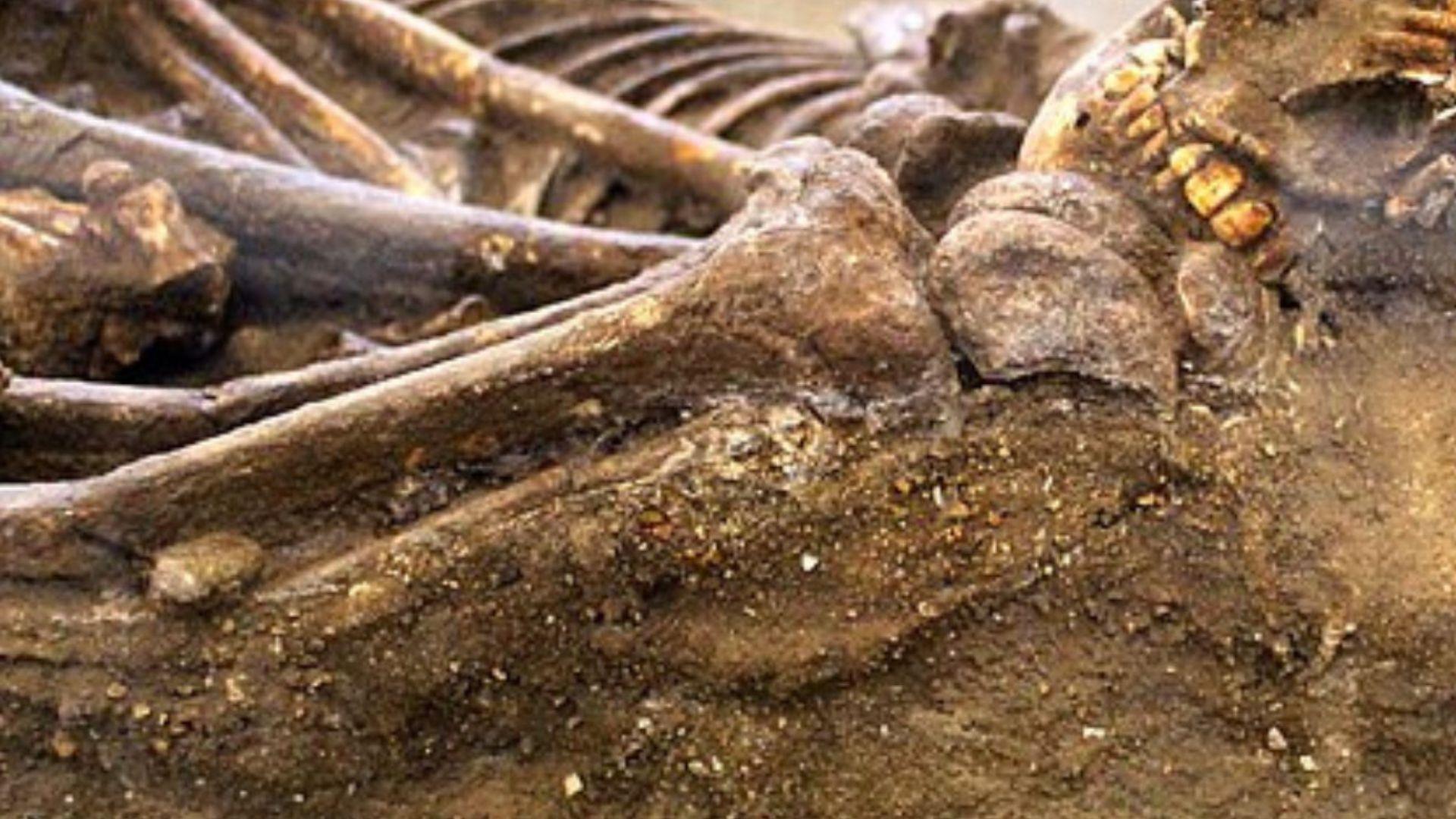
Anthropological examination coupled with radiocarbon dating has determined that the individual was between 30 to 50 years old at death.
Their life spanned from approximately 1450 to 1620, coinciding with a period of significant advancement in European prosthetic technology, particularly for those injured in battle.
A Time of Great Achievement in Prosthetic Development
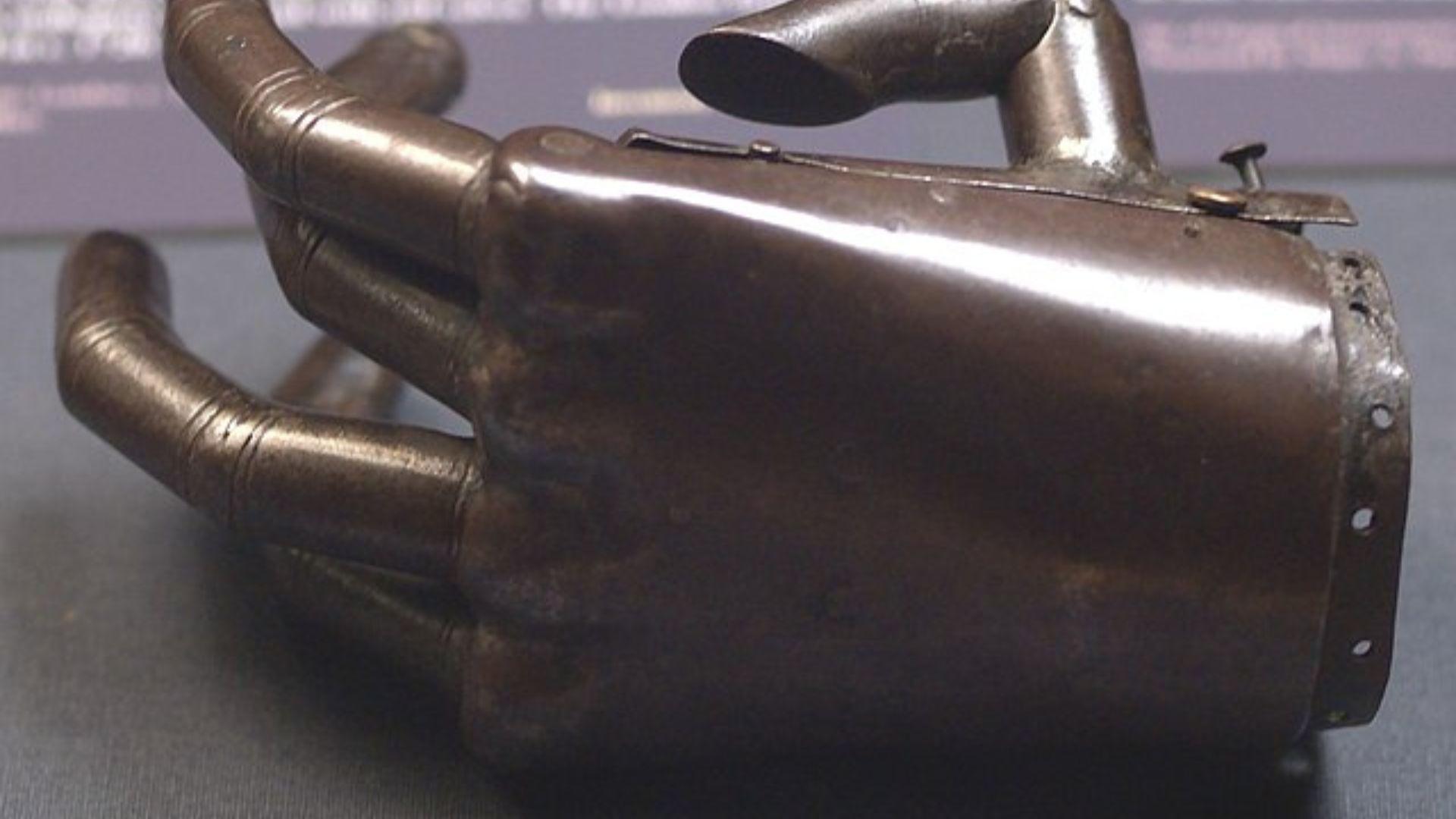
The time frame in which the individual lived and died was marked by noteworthy progress in the field of prosthetics.
This era saw European medical practitioners making great strides in developing prosthetic devices for soldiers who had suffered injuries in the numerous military conflicts of the late Middle Ages and early modern period.
Freising’s Historical Significance
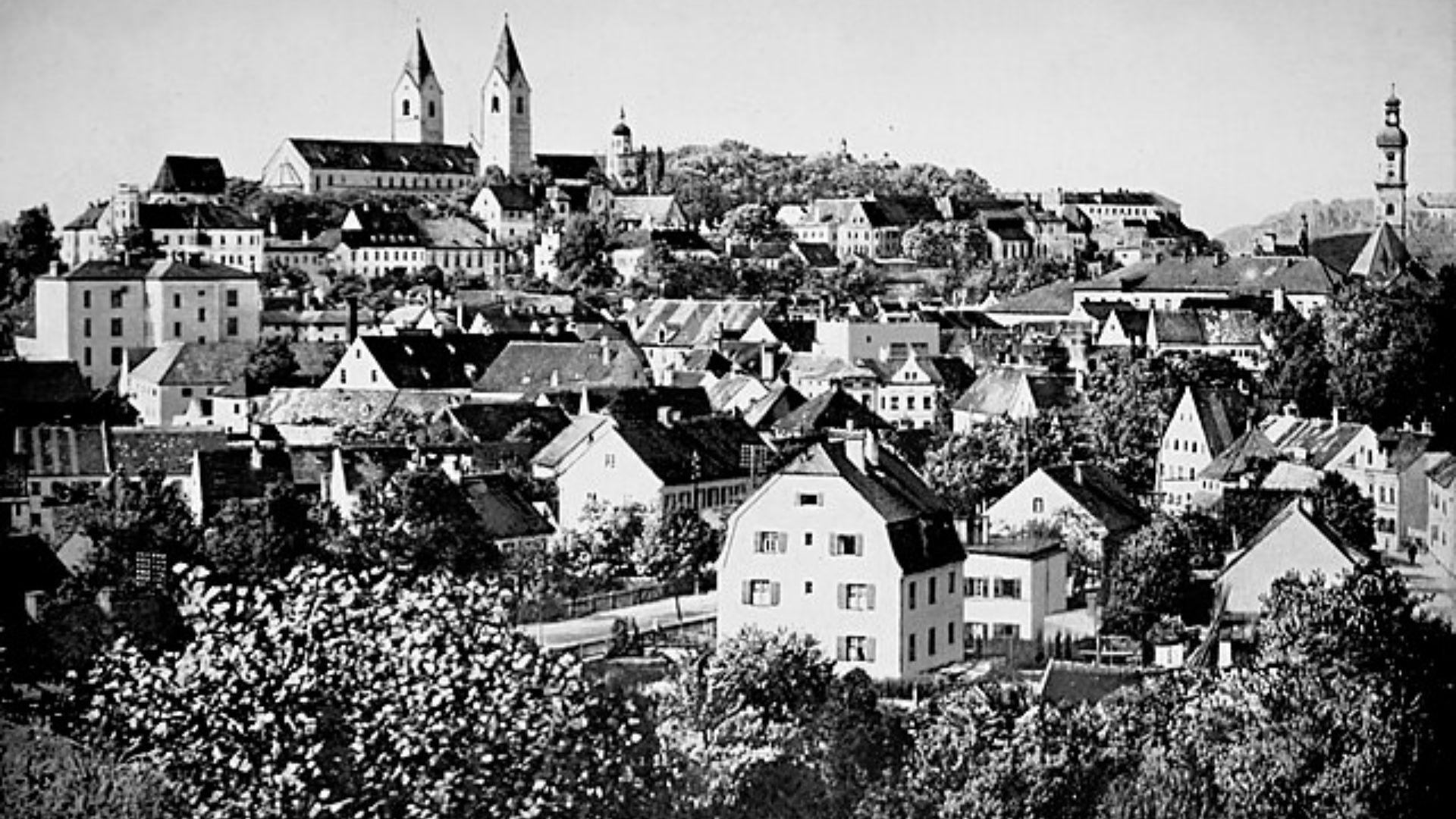
Freising, known as an “episcopal’s see” and later an imperial-free corporate state, gained considerable influence during the Middle Ages.
Despite its importance, the city was not immune to conflict—it endured military offensives on multiple occasions, including during the Thirty Years’ War, a particularly long and devastating conflict in European history.
A Variety of Prosthetic Devices in Central Europe
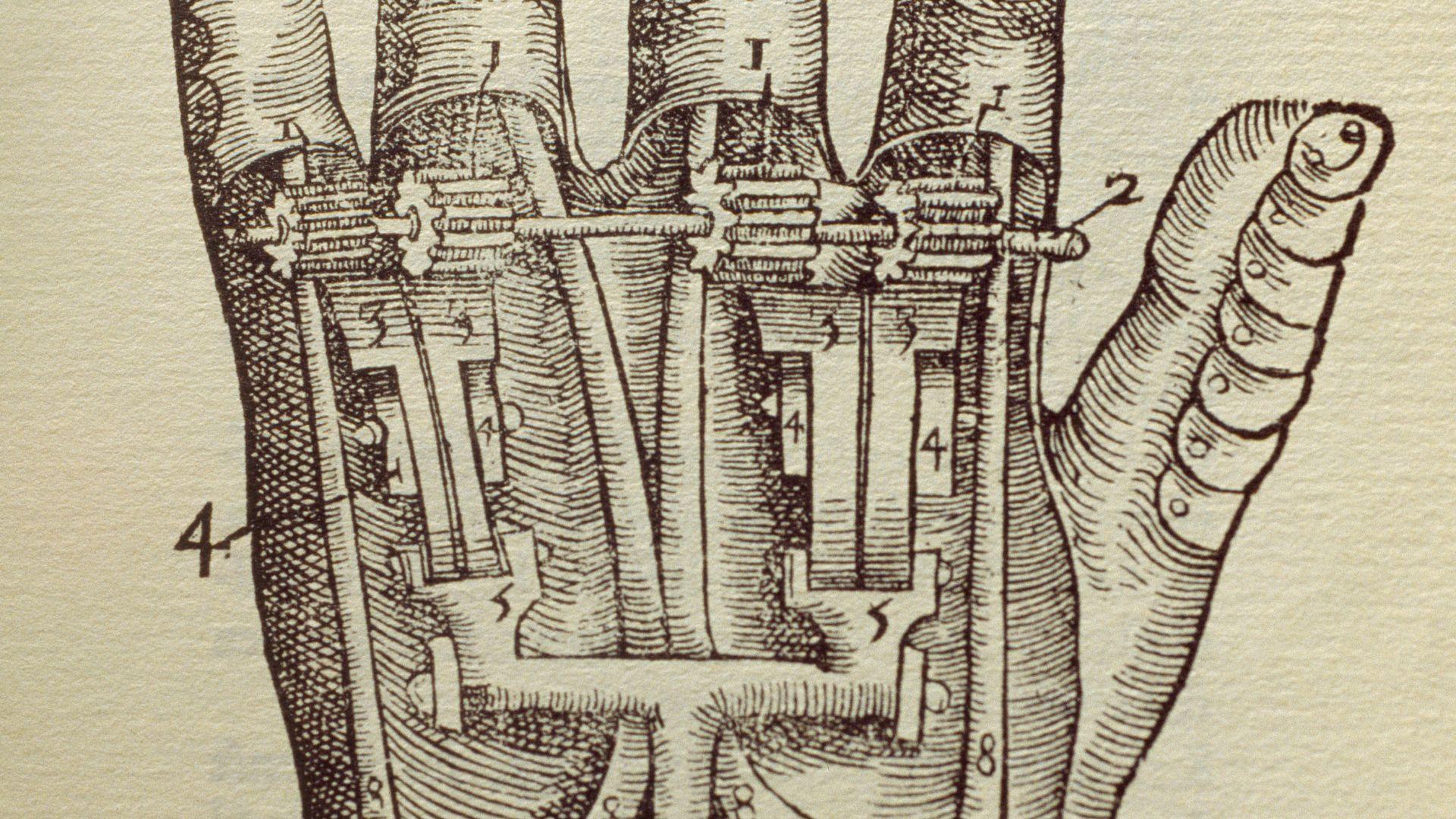
In the late Middle Ages and early modern period, Central Europe saw the creation of approximately 50 known prosthetic devices.
These ranged from simple non-articulated models to more complex devices with mechanical components, reflecting the era’s ingenuity and the varied needs of its users.
Engineering the Prosthetic Hand
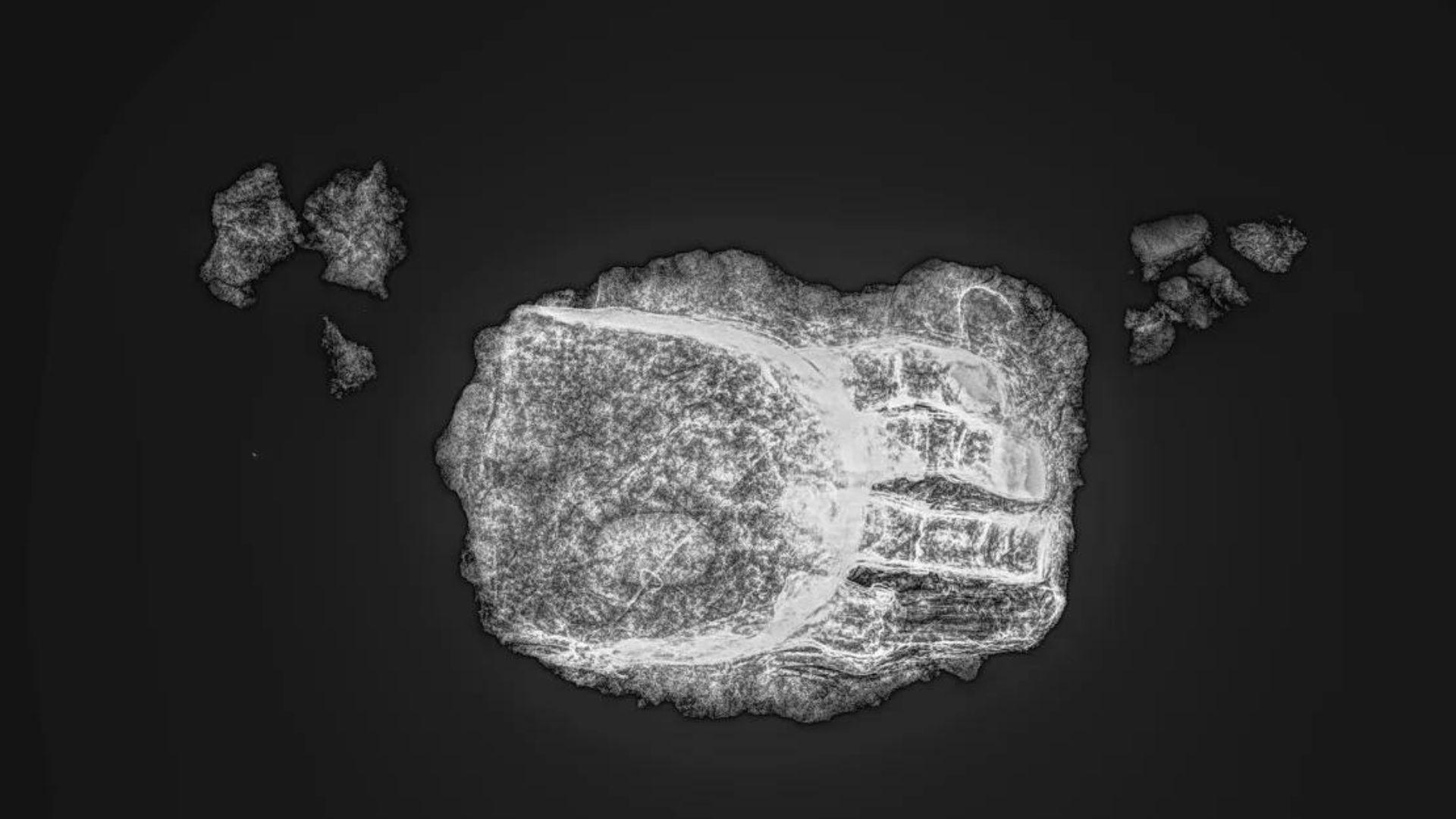
Dr. Walter Irlinger, head of the conservation department at the Bavarian State Office for Monument Preservation, provided details on the prosthesis.
The iron hand was designed with four fingers made from sheet metal, each individually-shaped, yet immovable. This level of craftsmanship speaks to the capabilities of metalworking and prosthetic design during the individual’s lifetime.
Detailing the Iron Prosthetic
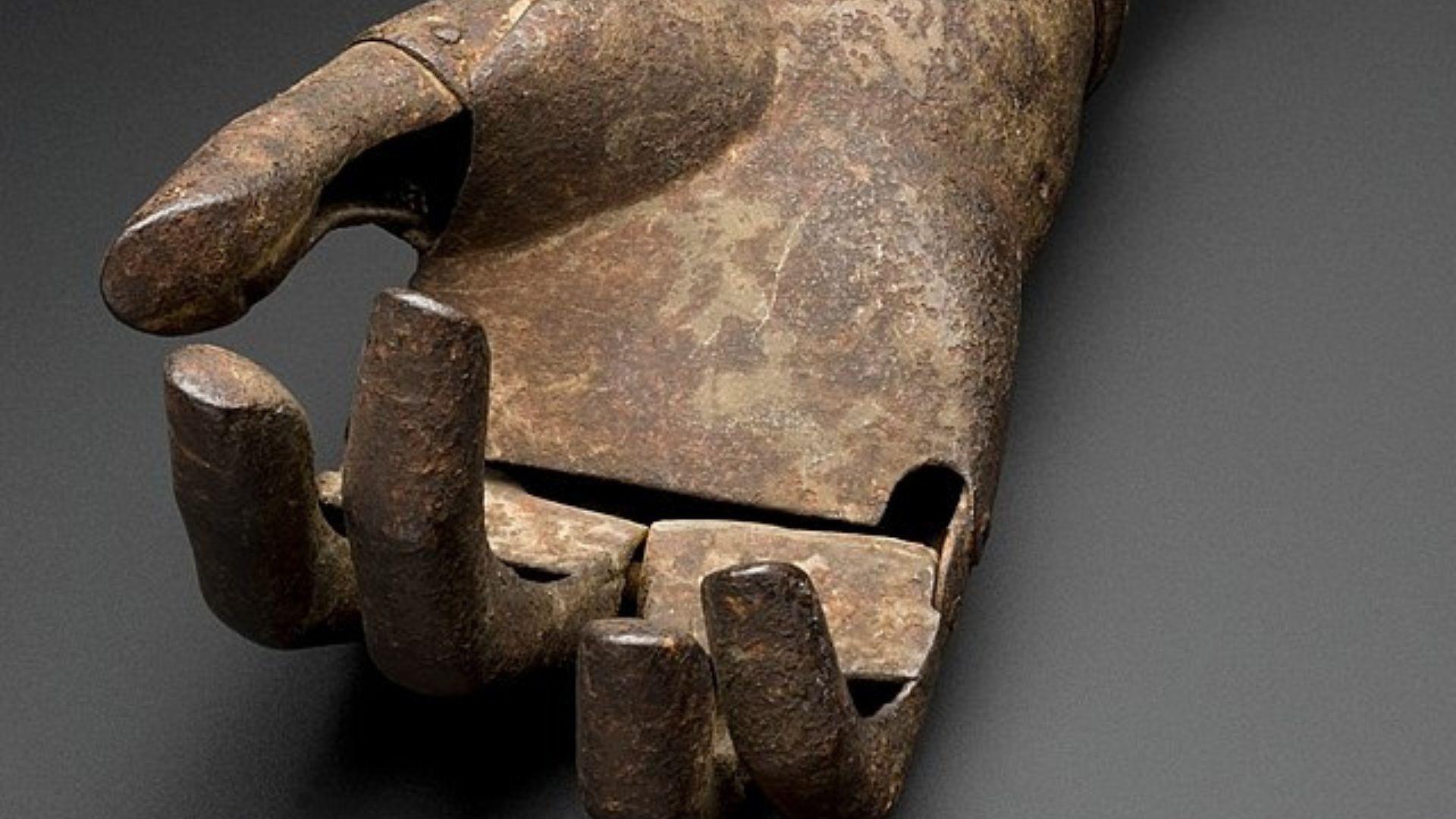
Upon examination, the iron hand reveals remarkable craftsmanship. The four fingers—index, middle, ring, and little—are individually crafted from sheet metal.
They lay parallel and slightly curved, demonstrating the metalworking skill of the time and the care taken to create a semblance of a natural hand.
How the Prosthetic Was Worn

The prosthetic hand was likely attached to the wearer’s arm with leather straps, a method that would have secured the metal hand to the remaining part of the limb.
This functional design allowed the individual to maintain a degree of autonomy and capability, despite the limitations of the era’s prosthetic technology.
Functionality of the Prosthetic Design
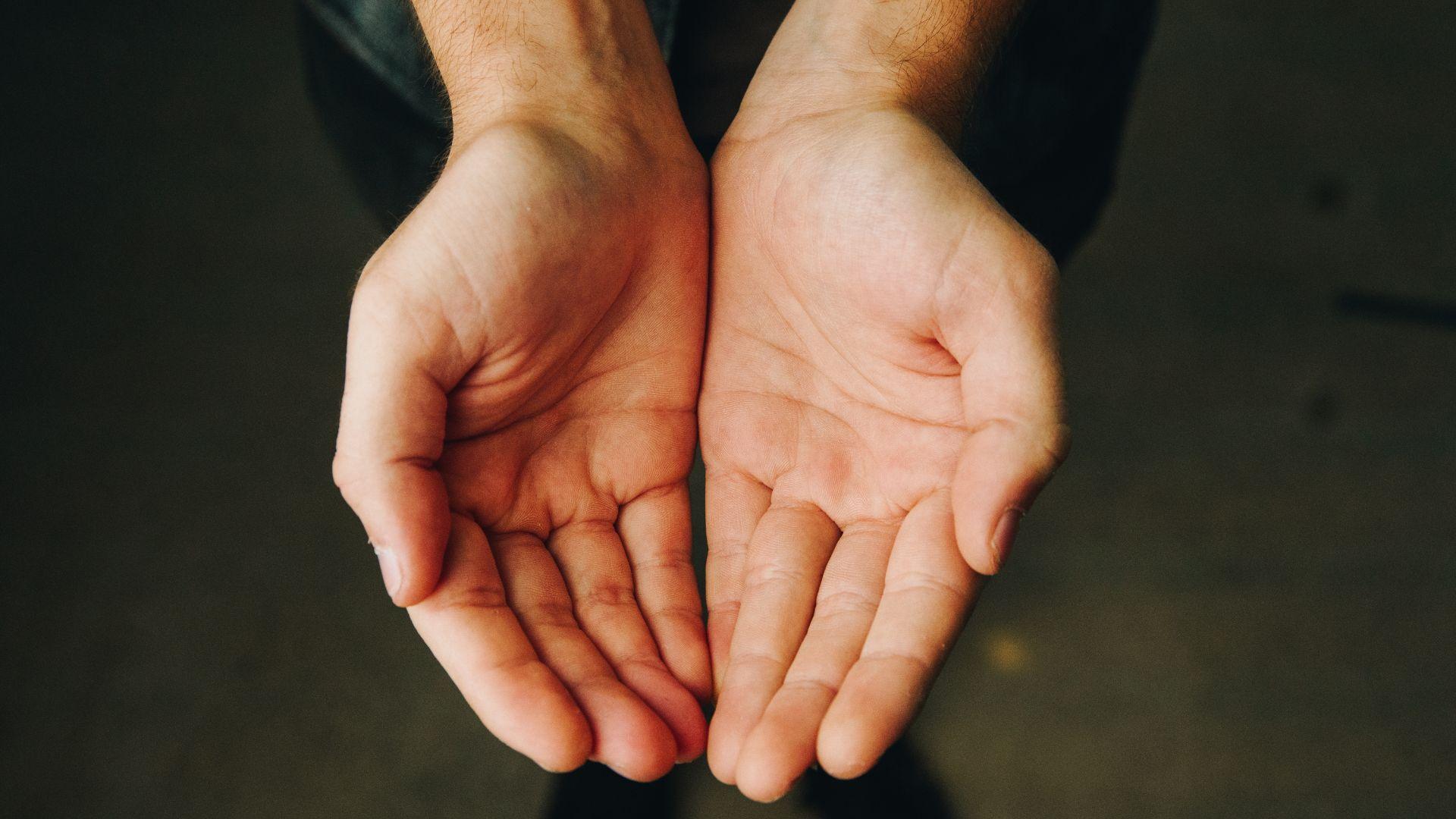
The prosthetic hand was not just a cosmetic replacement but served a functional purpose.
The straps that held the prosthesis in place indicate an understanding of the need for a secure fit, enabling the wearer to engage with their environment to the best of their ability.
Resilience Symbolized by the Prosthetic
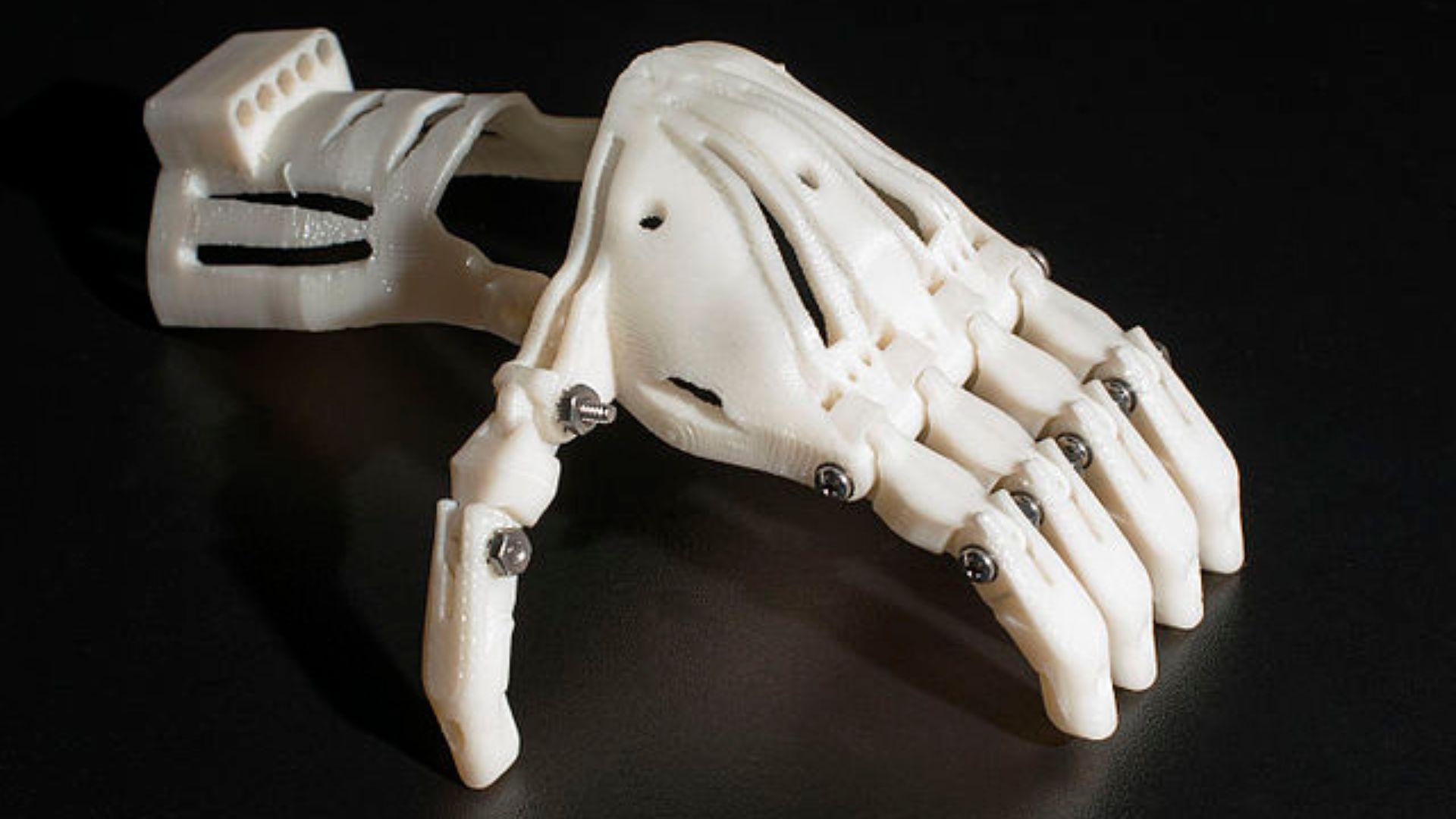
This find is a testament to human resilience and the desire for adaptation and innovation in the face of adversity.
Each feature of the prosthesis – from the curvature of the metal fingers to the method of attachment – tells a story of the challenges faced by individuals during this period and their solutions to overcome them.
Significance of the Discovery
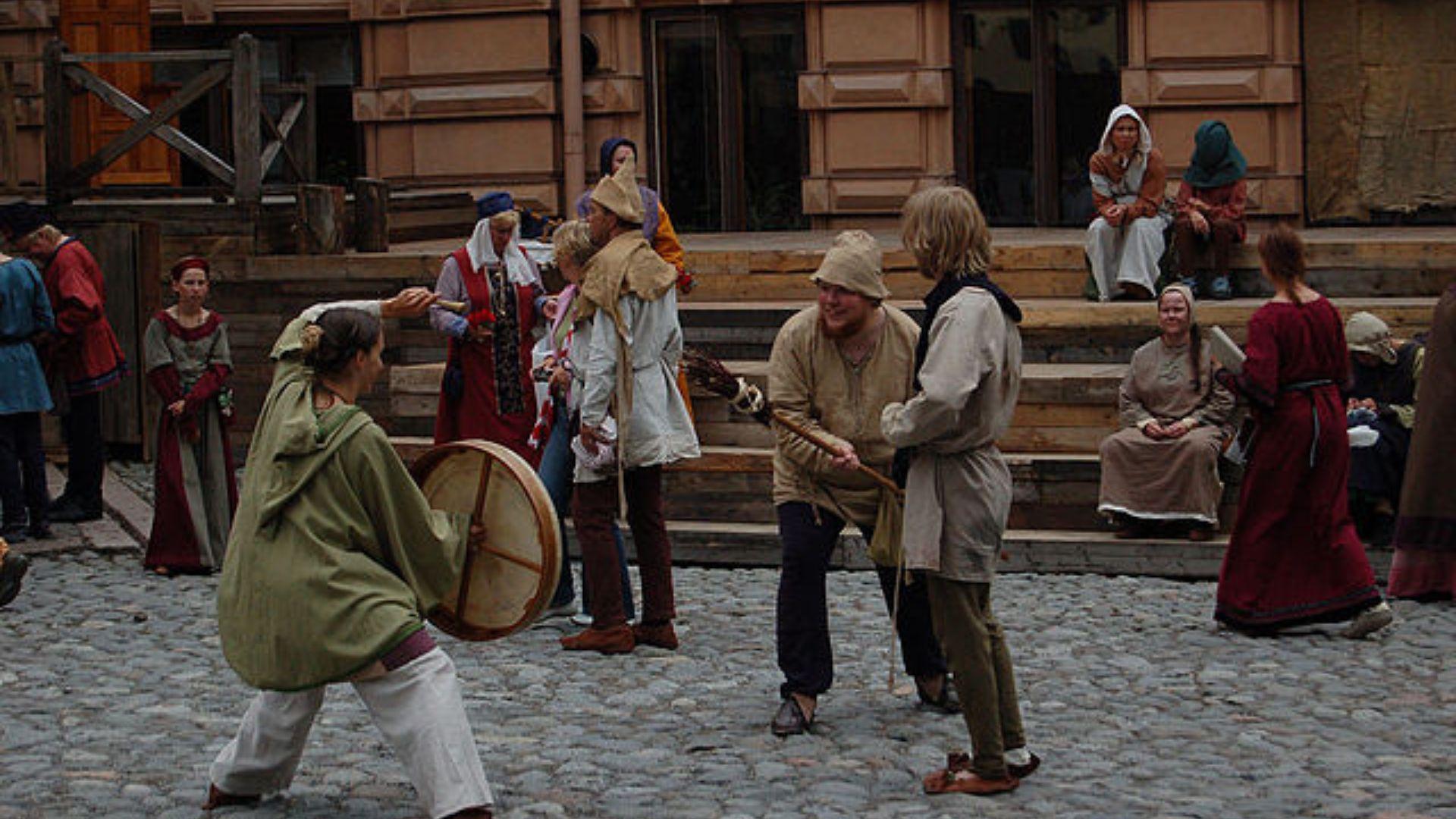
This archaeological discovery does more than just highlight a single instance of medieval prosthetic use.
It opens a window into the lives of people in the past, showcasing the level of medical knowledge and the technology available at the time.
